I am trying to make a static, interactive map of Wisconsin counties.
I am using Albers Equal Area Conic projection and I have tried .rotate, .center, .fitExtent, but whenever I add these into the code, the map completely disappears.
Anyone know what could be going on?
Here's the code:
var margin = {top: 20, left: 20, bottom: 20, right: 20}
height = 600- margin.top - margin.bottom,
width = 960 - margin.left - margin.right;
var svg2 = d3.select("#map2").append("svg")
.attr("height", height)
.attr("width", width)
.append("g")
.attr("transform", "translate(" + margin.left + "," + margin.right + ")");
d3.queue()
.defer(d3.json, "WiscCountiesNoProjection.json")
.await(ready);
var projection2 = d3.geoAlbers()
.translate([width/3, height/1])
.scale(4000)
var path2 = d3.geoPath()
.projection(projection2)
function ready (error, data) {
var counties = topojson.feature(data, data.objects.WiscCounties).features
svg2.selectAll(".counties")
.data(counties)
.enter().append("path")
.attr("class", "counties")
.attr("d", path2)
}
And here is what it looks like:


